The selection of J.D. Vance as Donald Trump’s running mate has made Appalachia the regional epicenter of America’s political universe. But above the social media sniping and political gamesmanship lies a message of diversity, identity and internal conflict at the very heart of what it means to be an American.
J.D. Vance, a native of Middletown, Ohio and the bestselling author of Hillbilly Elegy, was immediately criticized by Kentucky governor Andy Beshear as a phony who acts “like he understands our culture” when “he ain’t from here.” Vance and others countered that Beshear is the real phony, a wealthy son of a former governor, born in Louisville and raised ensconced in privilege in Lexington, both of which are outside even the broadest definition of Appalachia, either geographically or culturally.
As this debate unfolds, many are asking: where is Appalachia, anyway? The answer is part political, part geographical — and the definition has evolved since at least the 1960s.
An Appalachian Regional Commission map of the region is being passed around online, but the ARC definition is much broader than what people who live there would claim as Appalachia. The map starts in parts of northern Mississippi and Alabama where there are no mountains, goes all the way north through most of Pennsylvania and ends in a strip of counties in southern New York. If you attended Cornell University, congratulations: you graduated from Appalachia’s only Ivy League school.
Politics is the reason why the ARC’s Appalachia is so large. President Lyndon B. Johnson needed support to pass the 1965 Appalachian Regional Development Act as part of his signature War on Poverty legislation. A previous attempt by President John F. Kennedy had failed, but LBJ knew he could get the bill through if he broadened access to the funds the bill would provide. More Appalachia meant more appropriations. So southern politicians were courted by extending Appalachia south and west. Senator Robert F. Kennedy signed on when bits of New York were included. As a result, people who would never have considered themselves Appalachian suddenly were.
Politics has changed Appalachia’s contours in later years as well. For example, in 2008 President George W. Bush signed legislation designating ten counties in Kentucky, Ohio, Tennessee and Virginia “Appalachian” even though they never had been before. One of them, Nicholas County in Kentucky, has rolling green hills but no mountains and is more properly and traditionally included in the bluegrass region. It was made “Appalachian” due to lobbying efforts by county officials to gain access to millions of dollars in ARC funding. But few locals — including my father, who was born there — would identify as “hillbillies,” except maybe as a joke.
The Appalachia Vance writes about in his book is not found on a map or an inventory of congressional appropriations. It is a separate and distinct American subculture. Senator Vance and others of his background are part of that culture by family, choice or circumstance, whether living in Middletown or Breathitt County.
Vance’s grandparents moved to Ohio from eastern Kentucky, part of an Appalachian diaspora of people escaping coal fields and economic stagnation in search of opportunities elsewhere. They brought their history, traditions and worldview with them. This is reflected in Dwight Yoakam’s 1987 song “Readin’, Rightin’, Route 23.” Route 23 is the “Hillbilly Highway” from eastern Kentucky to Ohio:
They thought readin’, writin’, Route 23 Would take them to the good life that they had never seen They didn’t know that old highway Could lead them to a world of misery
Yoakam’s family had made a similar move as Vance’s grandparents, from Pikeville, Kentucky, to Columbus, Ohio. Yet they nurtured their family roots, heading back to Kentucky on weekends to reconnect:
Those mountain folks sat up that late / Just to hold those little grandkids / In their arms, in their arms And I’m proud to say that I’ve been blessed / And touched by their sweet hillbilly charm
This is the enduring cultural connection that Vance wrote about — his family may have left for the city, but the mountains kept calling them back. Hillbilly Elegy fits within a long-standing American literary tradition; stereotypes of Appalachians sometimes stress their pride, independence, self-sufficiency and family values, but more often the tropes are not positive.
In fact, the hillbilly is among the few remaining invidious ethnic stereotypes that people can talk about without being canceled. Folks in that part of the world are often unfairly stigmatized as poor, uneducated, unsophisticated, inbred, superstitious, violent, alcoholic, drug-addicted, coal-mining losers. Barack Obama channeled a version of this perspective in 2008 when he said small-town people in western Pennsylvania “get bitter, they cling to guns or religion or antipathy toward people who aren’t like them or anti-immigrant sentiment or anti-trade sentiment as a way to explain their frustrations.” Hollywood’s darker “Hellbilly” version of this stereotype includes the portrayal of Georgia mountain people in the 1972 thriller Deliverance.
The hillbilly has also been represented as a clownish figure, a country bumpkin, the half-witted backwoods yokel, the version elaborated upon by 1962’s farcical fish-out-of-water sitcom The Beverly Hillbillies, featuring comic but lovable characters bewildered by big city ways, yet possessing an inscrutable, deep-rooted wisdom that inevitably saves the day. The number-one-rated series was played solely for laughs; we never saw a “very special episode” about Ellie Mae getting knocked up or Jethro strung out on opioids.
Vance does not minimize the challenges Appalachian people face. That wouldn’t fit his story arc. The Yale-educated former Marine presents himself as a contrast, someone who overcame his modest circumstances and emerged a successful businessman and politician. But its readers’ romanticized view of Appalachian poverty is no doubt why his book became a bestseller and Hollywood soon came calling; Hillbilly Elegy delivers a politically correct white-victim narrative portraying the kind of people that educated elites feel justified in pitying.
The New York Times review of Hillbilly Elegy noted that while Vance himself ticks the “checklist of modern privilege” that includes being “white, male, straight and Protestant,” this is “misleading” because his people, the “hillbillies, rednecks, [and] white trash” were “sharecroppers, coal miners, machinists, [and] millworkers” from “low-paying, body-wearying occupations that over the years have vanished or offered diminished security.” The Washington Post’s reviewer gave a sympathetic summary of Vance’s difficult upbringing and sought to explain why what Vance himself then called Donald Trump’s “apocalyptic tone” appealed to those unfortunates who could not leave their problems behind.
But as with any other generalized-about group, hillbilly stereotypes do not withstand scrutiny. Only 10 percent of people in Appalachia live in rural counties. There are only about 25,000 coal miners in a population of over 25 million. And the Appalachian people, however you define them, are not all of one kind or one mind. 2019’s Appalachian Reckoning: A Region Responds to Hillbilly Elegy includes some forty essays written specifically to show- case other regional voices and their diverse perspectives. Whether the Appalachian experience is critiqued or elevated, disdained or admired, in today’s hothouse political climate it will probably be subjected to every possible interpretation, no matter how outlandish, in pursuit of ideological agendas.
Appalachia has one distinguishing characteristic that may help outsiders understand its people better. When the US Census Bureau asks its residents about their national origins — that is, in which country people identify their ancestry — the top response in the Appalachian region is simply “American.” The epicenter is in southeastern Kentucky, one of the earliest settled areas outside the original thirteen colonies, which has been bypassed by many subsequent waves of immigration. Here the proportions of “Americans” can range up to 50 percent. In Vance’s family home of Jackson, Kentucky, “American” ancestry is claimed by around 43 percent, the largest single ancestry group.
Areas with high concentrations of ancestral Americans mirror what cultural historian Colin Woodard calls Greater Appalachia. In 2011’s American Nations: A History of the Eleven Rival Regional Cultures of North America, Woodard observes that the area was settled by pioneers from “the war-ravaged borderlands of northern Ireland, northern England and the Scottish lowlands” who brought with them “a warrior ethic and a deep commitment to personal sovereignty and individual liberty.” Over the centuries the people there have been “intensely suspicious of lowland aristocrats and Yankee social engineers alike,” and have “shifted alliances based on whoever appeared to be the greatest threat to [their] freedom.”
Staking a claim to “American” ancestry is a conscious break with identities based on race, class or some other characteristic. It reflects a state of mind that rises above the divisions in the country and accepts fundamental American diversity. “We are not threatened by ethnic backgrounds now,” explains Michael Marsden, provost at Eastern Kentucky University. “We are at peace with the American cultural frame… I think we realized that we can be different but, at the same time, the same.”
So part of being Appalachian entails expressing a message of unity while also accepting the reality of diversity, and coalescing around a singularly American identity. It is the sort of idea that many people in this country, weary of extreme partisan infighting and divisive politics, could rally behind. It says we may have our differences, but we should focus on what brings us together rather than finding new ways to tear the country apart. Maybe those hillbillies are onto something.



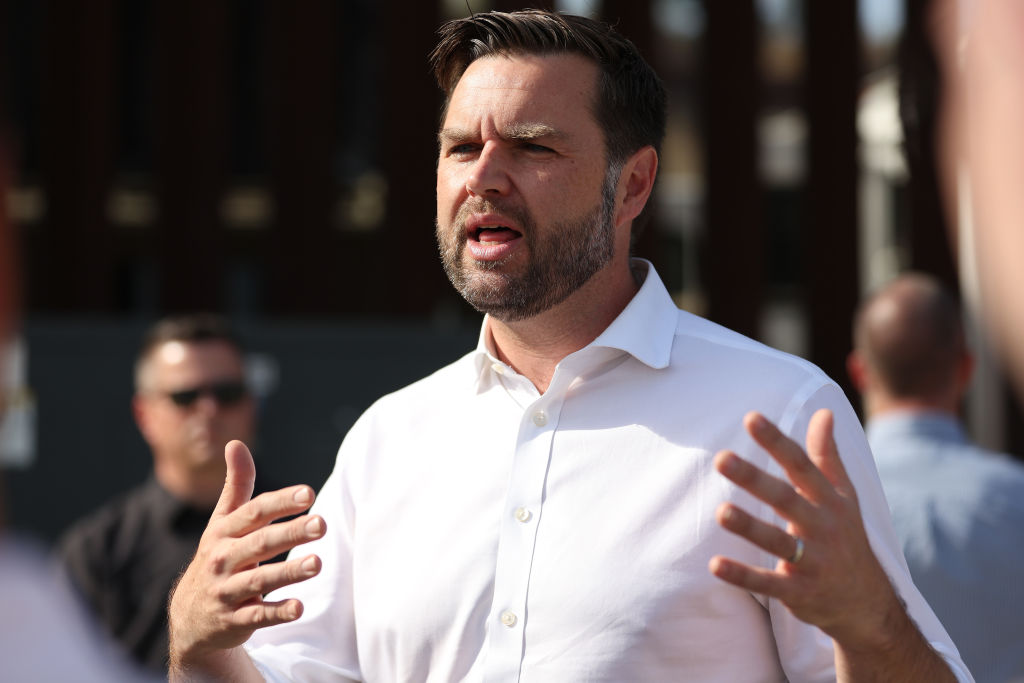











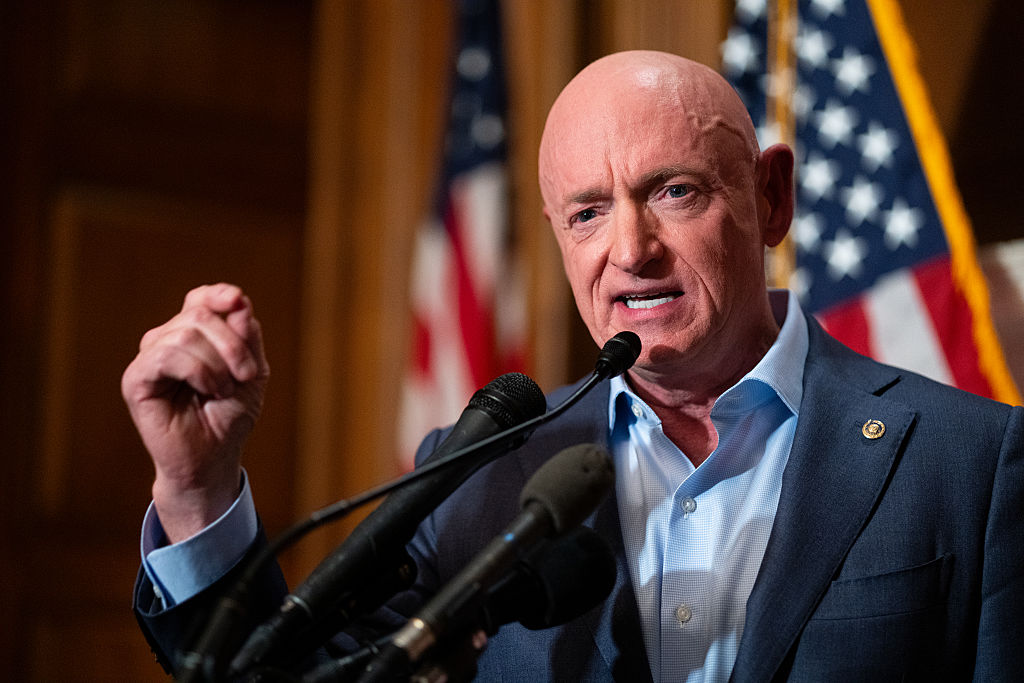
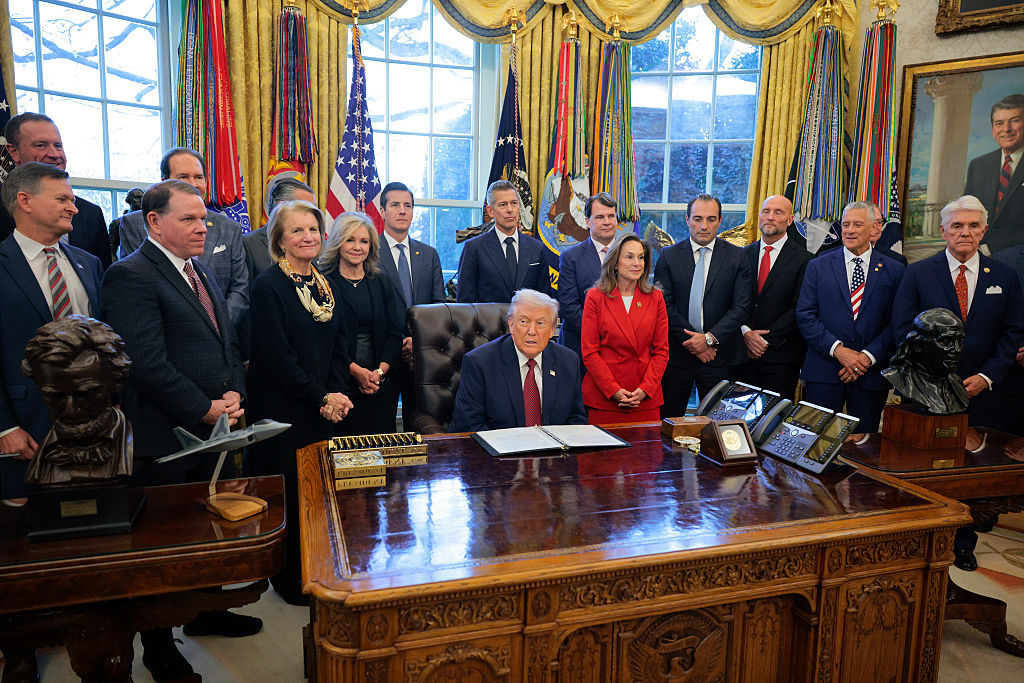
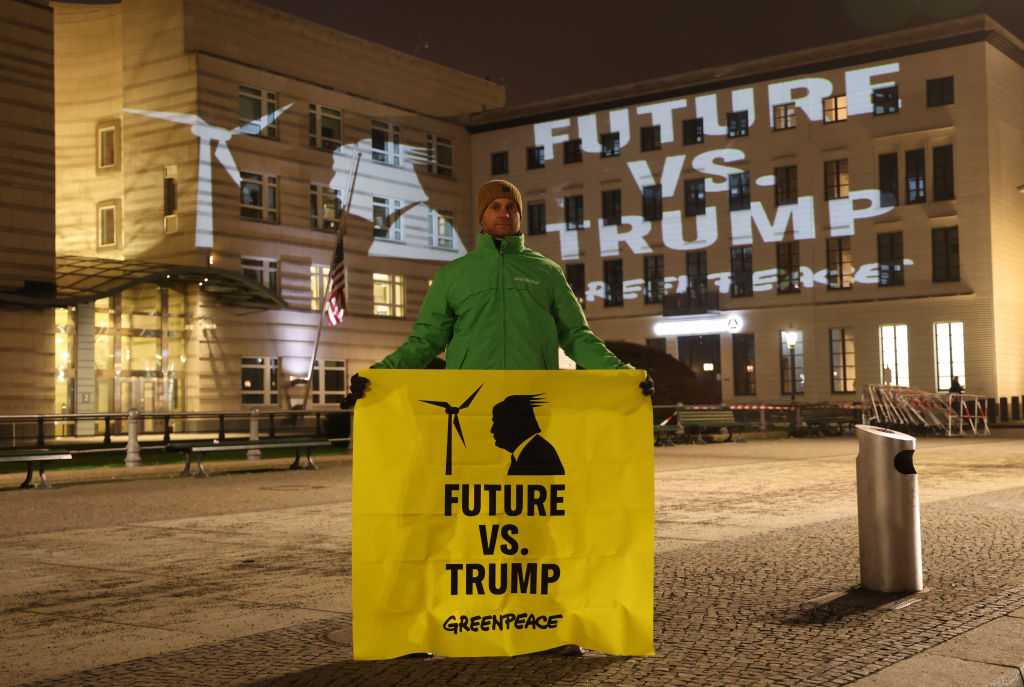
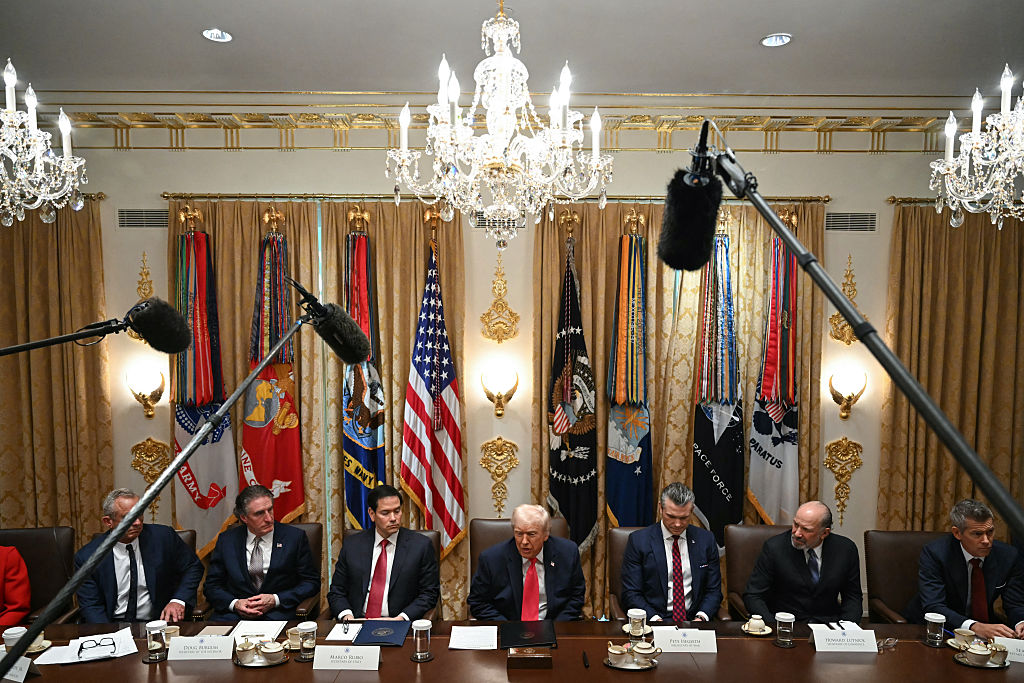







Leave a Reply